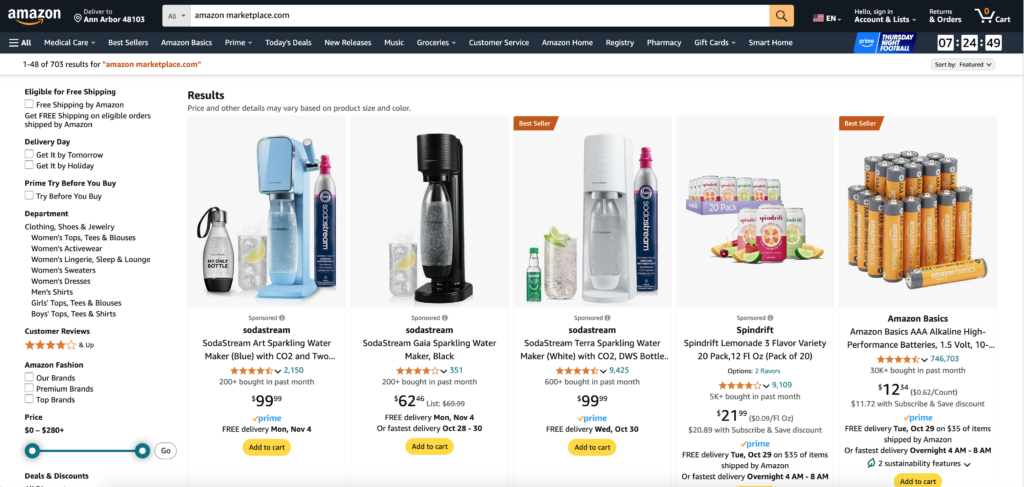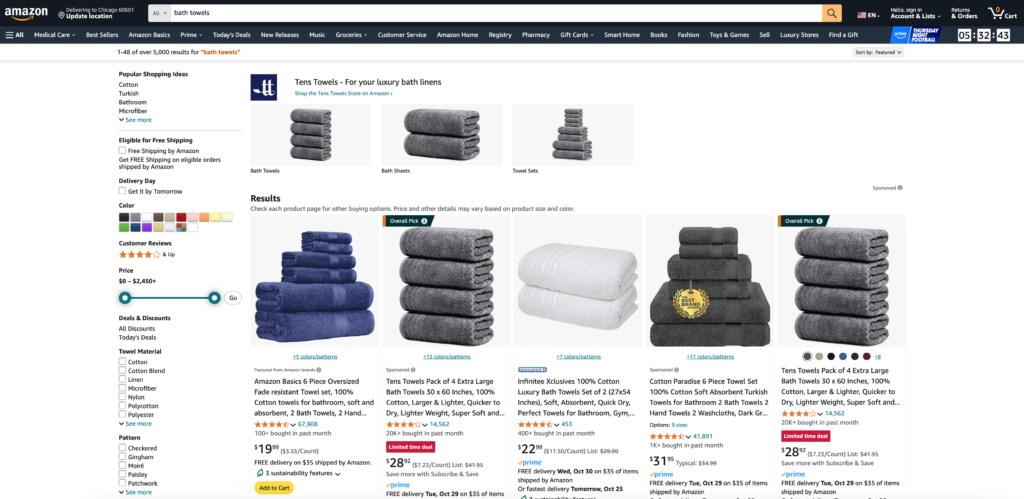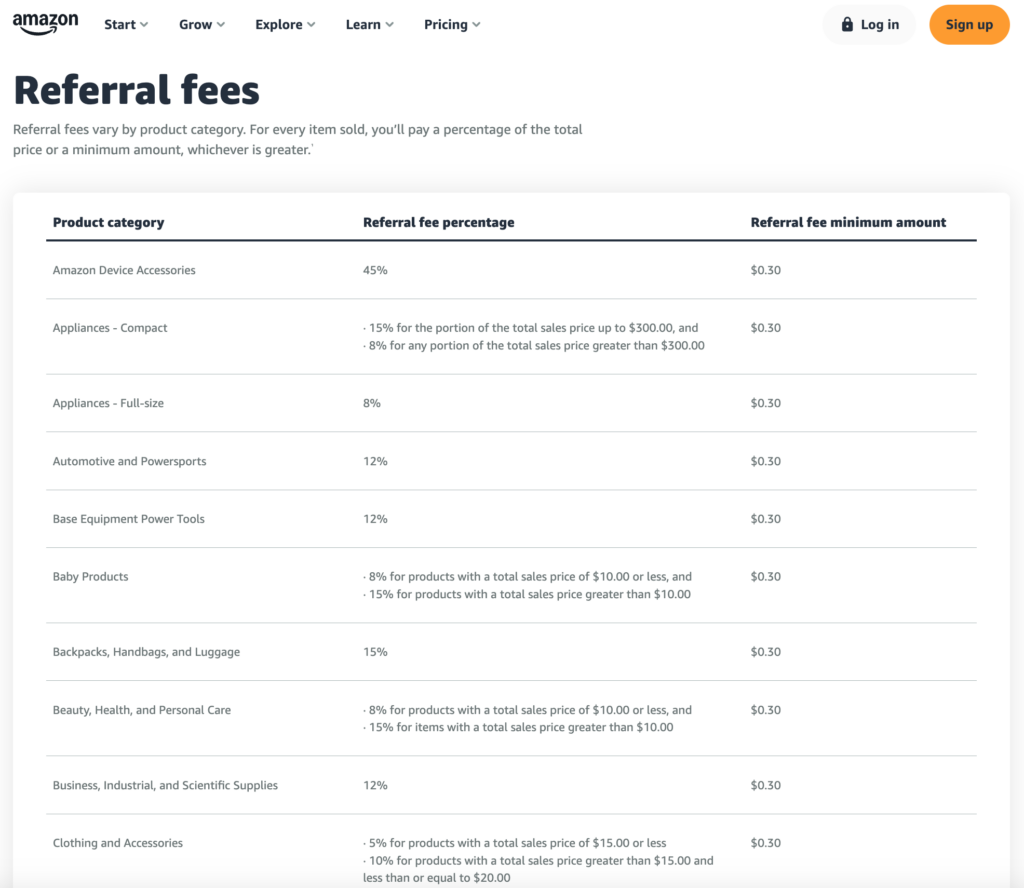
Amazon Marketplace is a powerful platform that offers incredible reach and sales potential for merchants. However, as Amazon changes seller rules and gaining platform visibility becomes harder, selling on Amazon has become increasingly complex. Our recent roundtable conversation highlighted the many factors merchants should consider before diving into the Amazon ecosystem. (We also chatted about a lot of other things regarding Amazon, including where the platform is headed, its use of AI, and more.)
Exposure vs. Competition: Is Amazon the Right Channel?
One of the main reasons merchants choose Amazon is the platform’s vast audience. Amazon remains the go-to marketplace for millions of consumers searching for everything from daily necessities to niche products. For commodity items, like office supplies or personal health products, Amazon provides unparalleled access.

However, the competition on Amazon is fierce. New merchants must contend with established brands, copycat products, and Amazon’s own private-label goods. As one participant in our discussion pointed out, “You have to spend so much time playing Amazon SEO to get visibility, and a lot of money in advertising to be listed among the sea of Amazon quality products.”
This competitive environment raises an important question: Is Amazon the best channel for every merchant? For low-margin, high-commodity goods, the platform can be a game-changer. But for mid-range or luxury products, merchants may want to consider whether the Amazon Marketplace will dilute their brand.
The Amazon Marketplace SEO and Advertising Gauntlet
Getting your products in front of Amazon’s massive audience isn’t as simple as listing an item. With millions of merchants vying for visibility, Amazon’s SEO and advertising system plays a significant role in determining which products shoppers see first. Much like Google’s search results, Amazon’s listings often prioritize sponsored products, making it difficult for organically ranked items to get noticed.

To gain traction, merchants often need to invest heavily in Amazon advertising. This can be a costly endeavor, particularly for small businesses or new sellers. As one roundtable participant noted, “Without Amazon advertising, selling on your own is still going to be increasingly more difficult.”
There’s also the issue of Amazon pushing its own products. The company is known for creating “copycat” versions of popular items and then promoting them heavily in search results, often at the expense of the original merchants. While legal protections are starting to address this issue, it remains a significant concern for sellers.
Inventory Management: Integration and Challenges
Managing inventory effectively is crucial for success on Amazon. The platform’s algorithms favor sellers who consistently have products in stock and ready to ship. Sellers who run out of inventory may see their product listings drop in rankings, losing valuable visibility.
Fortunately, Amazon offers several tools to help merchants manage inventory, including integration with enterprise resource planning (ERP) systems. As our discussion pointed out, Amazon is likely to further streamline its inventory management processes, possibly by purchasing companies that specialize in ERP integration. This could make it easier for merchants to automate and optimize their inventory management, but it will also make the platform more attractive to large sellers with complex supply chains.
The Cost of Doing Business: Fees and Profit Margins
Selling on Amazon isn’t without its costs. Merchants must factor in various fees, including referral fees, fulfillment fees (if using Fulfillment by Amazon or FBA), and advertising costs. These expenses can significantly eat into profit margins, especially for products in highly competitive categories.

Additionally, some merchants are required to offer their lowest prices on Amazon. The platform crawls the web to find where products are sold, and if it detects lower prices elsewhere, it may reduce visibility for that product. One participant shared an experience with this, stating that brands often choose not to list their products directly on Amazon because of the platform’s pricing rules and high fees.
Brand-Building Beyond Amazon
While Amazon offers incredible sales potential, it also limits merchants’ ability to build their brand. The Amazon Marketplace is designed to keep customers on its platform, and as a result, many merchants struggle to develop lasting relationships with their customers.
For mid-range and premium brands, it’s crucial to think beyond Amazon. One participant mentioned that it’s important for merchants to focus on engaging customers directly through their own websites, social media, and email marketing. By capturing customers’ contact information and directing them to branded websites, merchants can establish long-term relationships and promote their brand’s story—something that’s difficult to do on Amazon’s highly commoditized platform.
Should You Sell on Amazon?
So, do the pros outweigh the cons for merchants selling on Amazon? The answer depends on the type of products being sold and the merchant’s long-term goals. For commodity goods, Amazon remains an essential marketplace that can drive significant sales. However, for brands looking to cultivate a distinct identity or those offering premium or luxury goods, the cons may outweigh the pros.
As one participant, Strategist Brian Berryman, put it:
“If I were starting a cool camera case company today, I would be terrified to do it on my own without Amazon. But if I was starting a luxury clothing brand, I wouldn’t want to dilute my brand by selling on Amazon.”
Merchants must weigh their options carefully and develop a multi-channel strategy that doesn’t rely solely on Amazon for success. If you’re considering it but aren’t sure where to start, a Human Element strategist can help. Contact us if you’d like to have a chat about what will work best for your business.



